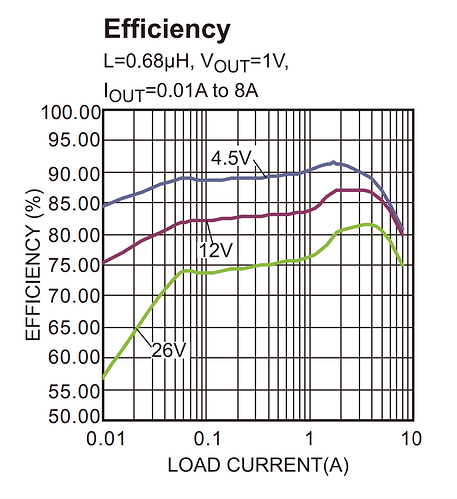I have been bemused by the pd-power from the start and would quite like that to remain a useful available type-c, but hey…
The adapters are cheap and cheerful usually about this price
I posted a 3amp which is 36watt and likely more than enough even with a couple of pheripherals
This time swapped ebay and aliexpress sources just to show how little cost they can be.
You could likely get by with 2amp or if supplying more a 6amp will still give you change from £10
Why pd with a sbc is just a huge question for me but hey I have a lovely 90watt PD now that cost me £30 that I don’t use because I can never guarantee it will boot next time, but also it is so handy to be able to gurantee a 12v rail for so many other computer pheripherals why do I want PD on a SBC?
Would of prefered either a vertiical or rear mounted 5.5mmx2.1mm as also sticking the power into the front panel is not my perference either.
Also while I am at it I will bring up my other gripe of onboard switches and why not simple jumpers that can also be wired switches via duponts like a normal mobo and even be fed by a relay for remote control.


